This post is based on the outline of an exploration session presented at The Silent Eye (a modern mystery school) “Leaf and Flame: the Foliate Man” weekend in 2016. Whilst I have attempted to retain some of the flavour, and changes in direction, of the actual talk, the interactive elements of the exploration are absent, and since most of it was done “on the hoof”, it is not really a true reflection of the session. Many of the sections are expanded considerably from that presented on the day…
~~~

Whether we recognise it or not, we receive guidance, often in areas in which we have no direct experience, from what can only be considered an “external” source. This “subconscious” guidance may be considered to emanate from many sources, including “spirit animals“.
Belief in spirit, and spirit guidance, is firmly rooted in the Paleolithic. Much rock art remaining from that time includes the shamanic “conjuring” of animals, the dedication of the hunt, and relies on the primary concept that there is no separation between the physical object, its spirit, and the depiction of that object in art.
This system of belief is referred to as animism.
In animistic society, everything is considered “as”, “containing”, or “of” spirit. In additional to the Gods and the Ancestors, this included objects in nature; stones, trees, springs, mountains, and streams; the forces of nature; wind, rain, lightning, and fire; the inexplicable nomads; the stars, sun, moon, and tides; humans, themselves, and the plants and animals upon which they relied in order to survive.
A core principle, in living a hunter-gatherer existence, particularly at higher latitudes in which times of uncertainty and scarcity would be the norm in certain seasons, was that of gratitude; for each new day, for continuing health, and, particularly, for the sacrifice of spirit made by the animals and plants on which they survived.
[Group discussion: expressing gratitude for everything we eat. The spirit of breakfast and the sacrifices thereof.]
We know how our Paleolithic ancestors thought, because there are still societies who maintain a hunter-gatherer existence. Much of what we know, of course, has been gleaned from cultures destroyed by exposure to European agricultural civilisation: Native Americans and Australian Aboriginals, when first encountered, remained largely unchanged, reliant upon, and completely in balance with nature.
It was our Ancestors of the Neolithic period who began to shift away from merely subsisting. Taming and controlling nature, however, came at significant cost. Whilst periods of food scarcity might be generally avoided, the invention of agriculture ended a hitherto nomadic lifestyle, and required considerable investment of both time and energy to be successful. (Every Monday morning, as you press the snooze button for the third time, it is your Neolithic Ancestors whom you should thank for the invention of work!)
With the move from nomadic to a settled cultural model, Nature slowly lost her spirits. The objects gratitude shifted to the spirit of “things”: land, seed, livestock; leading to a perversion of the relationship between Man and Nature. The Gods, ultimately, supplanted by the veneration of Things.
Talking of things…
Continue reading at Shamanic Paths


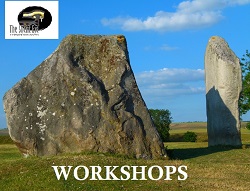

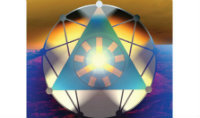

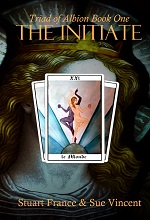


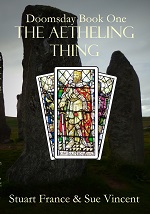

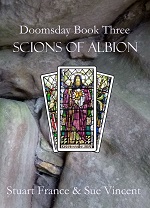







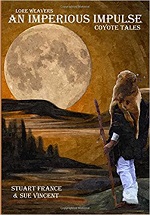




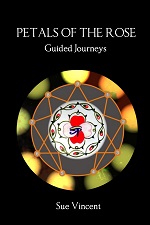








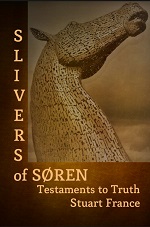





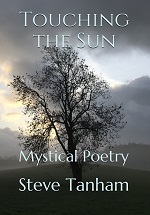

Very thoughtful piece. Much of it is what I suspected, but had not attempted to put into words. I like it.
LikeLiked by 1 person
Reblogged this on Die Erste Eslarner Zeitung – Aus und über Eslarn, sowie die bayerisch-tschechische Region!.
LikeLiked by 1 person